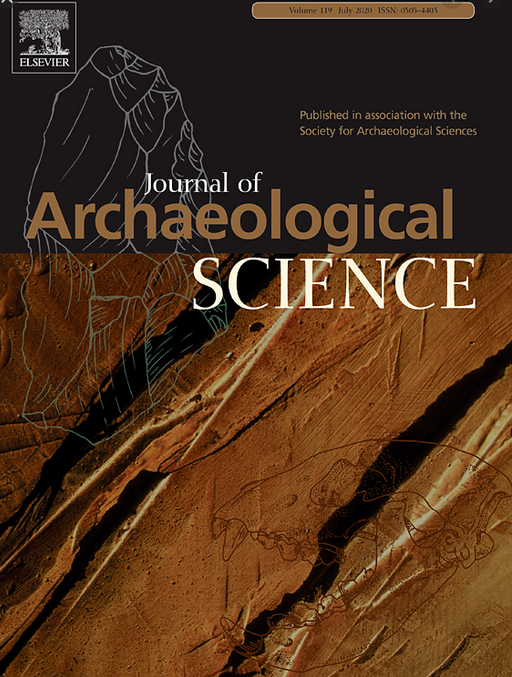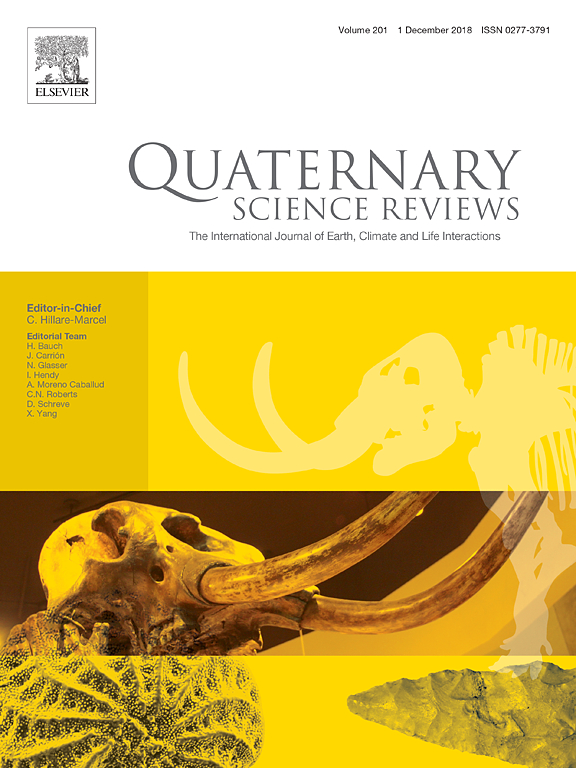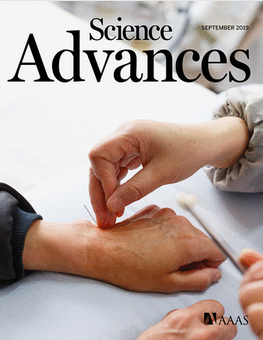Publications
Middle Holocene hunter–gatherer mortuary practices in the Little Sea microregion on Lake Baikal, part II: Late Neolithic
This is the second in a series of two papers dedicated to the examination of Neolithic mortuary variation within the Little Sea microregion of Cis-Baikal, Eastern Siberia. The first study, appearing also in this special issue, reviewed the Early Neolithic (EN) mortuary material (Goriunova et al., 2020), whereas the goal of this paper is to summarize the available archaeological material referred to as the Serovo mortuary tradition of the Little Sea area (henceforth, the Little Sea–Serovo). The focus [...]
Integrated stable isotopic and radiocarbon analyses of Neolithic and Bronze Age hunter-gatherers from the Little Sea and Upper Lena micro-regions, Cis-Baikal, Siberia
The Lake Baikal region of southern Siberia has a rich mortuary record that has provided the most comprehensive isotopic database for palaeodietary studies of north-temperate hunter-gatherers in the world, permitting more detailed reconstructions and finer-grained research questions than are usually possible. Building on previous work, this study contributes new δ13C, δ15N, and AMS radiocarbon dating results from the cemeteries of Verkholensk (n = 44) in the Upper Lena River micro-region and Ulan-Khada (n = 19) in the Little Sea micro-region. Our results [...]
Holocene vegetation and climate history in Baikal Siberia reconstructed from pollen records and its implications for archaeology
Past research has greatly improved our understanding of palaeoenvironmental changes in the Lake Baikal Region, but at the same time has indicated intra-regional variations in this vast study area. Here we present a new AMS-dated late glacial–middle Holocene (ca. 13,500–4000 cal. yr BP) pollen record from Lake Ochaul (54°14′N, 106°28′E; altitude 641 m a.s.l.) situated in the less-studied area of Cis-Baikal and compare reconstructed vegetation and climate dynamics with the published environmental history of Trans-Baikal based on the pollen record from [...]
Ritual practices and social organisation at the Middle Yayoi culture settlement site of Maenakanishi, eastern Japan
Combined archaeobotanical and archaeological data from Middle Yayoi (fourth century BCE–first century CE) cultural layers of the Maenakanishi site (36°08′55″ N, 139°24′08″ E) in northern Saitama Prefecture indicate that rice was less significant as everyday food, but played an important role in ritual practices and in strengthening social stratification at the studied settlement site. The results further suggest that the crop was used in feasting performed in context of pillared buildings that were often large and occupied a spatially separated central [...]
Late Glacial hunter-gatherer pottery in the Russian Far East: Indications of diversity in origins and use
During the Late Glacial, hunter-gatherers began using ceramic cooking containers in three separate geographic regions of East Asia: China, Japan and in the Russian Far East. While recent research has clarified the use of early pottery in Japan, very little is known about what led to the emergence of pottery in the other two areas, including the likely environmental, economic or cultural drivers. In this paper we focus on a series of key sites along the Amur River [...]
Discontinuous spread of millet agriculture in eastern Asia and prehistoric population dynamics
Although broomcorn and foxtail millet are among the earliest staple crop domesticates, their spread and impacts on demography remain controversial, mainly because of the use of indirect evidence. Bayesian modeling applied to a dataset of new and published radiocarbon dates derived from domesticated millet grains suggests that after their initial cultivation in the crescent around the Bohai Sea ca. 5800 BCE, the crops spread discontinuously across eastern Asia. Our findings on the spread of millet that intensified during [...]





